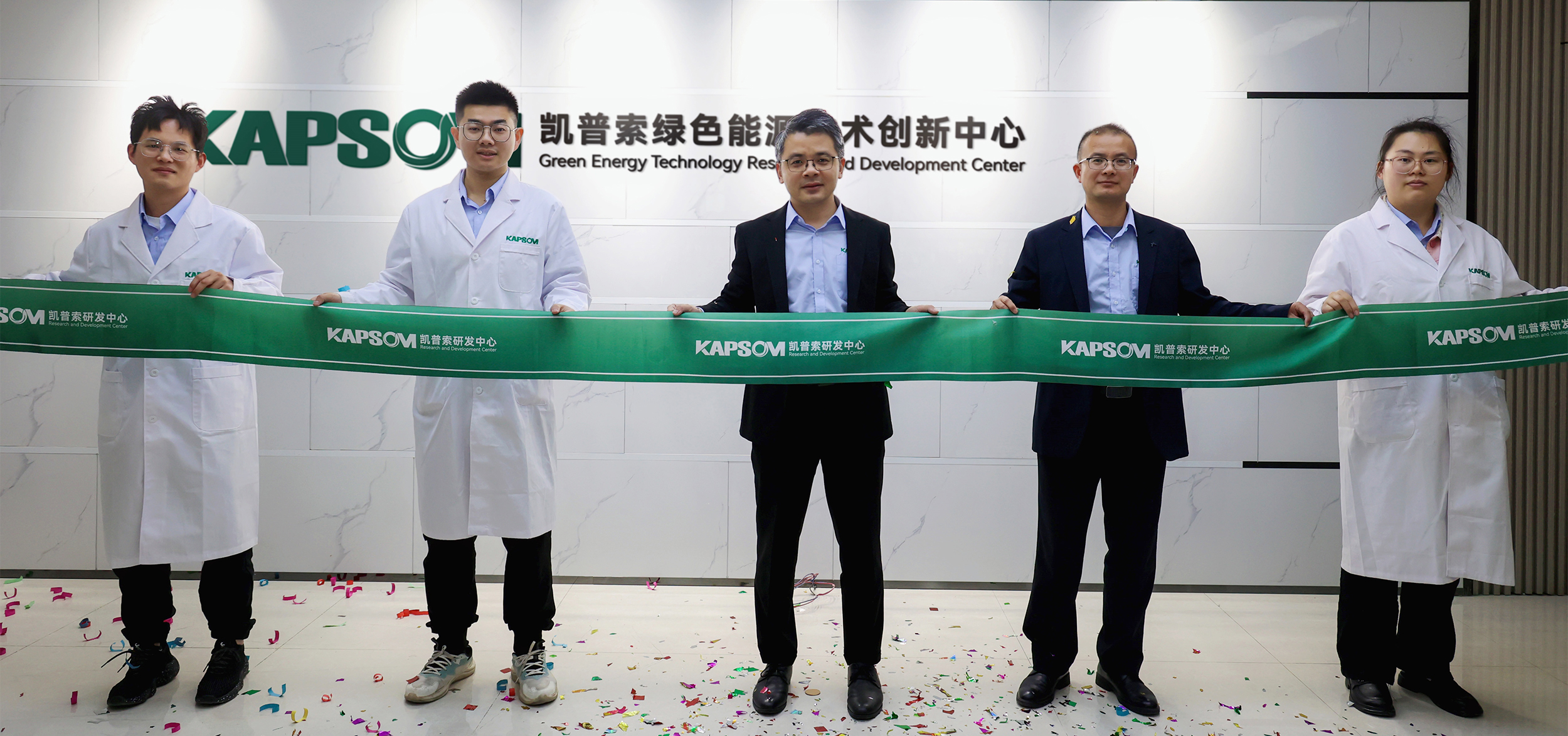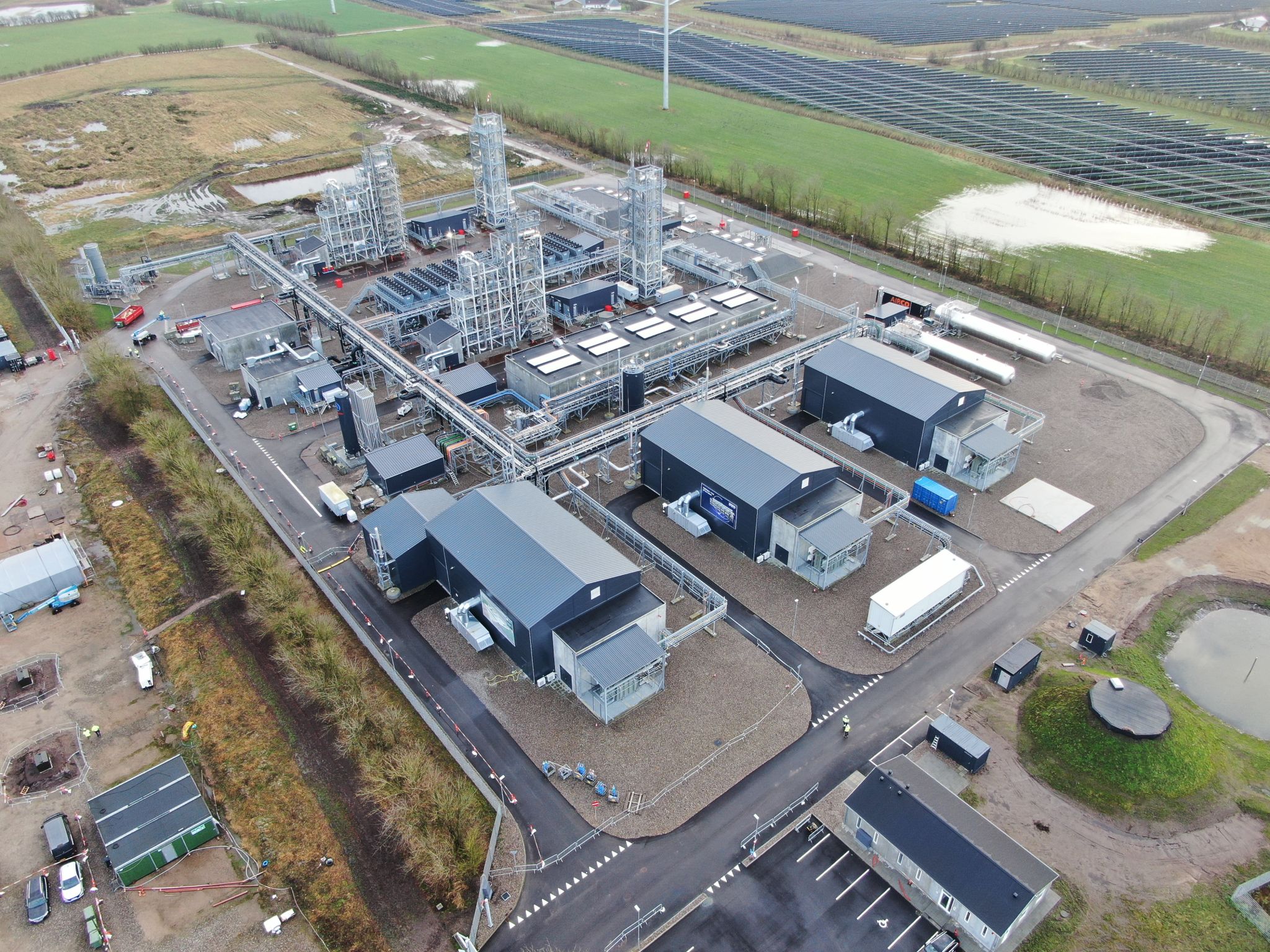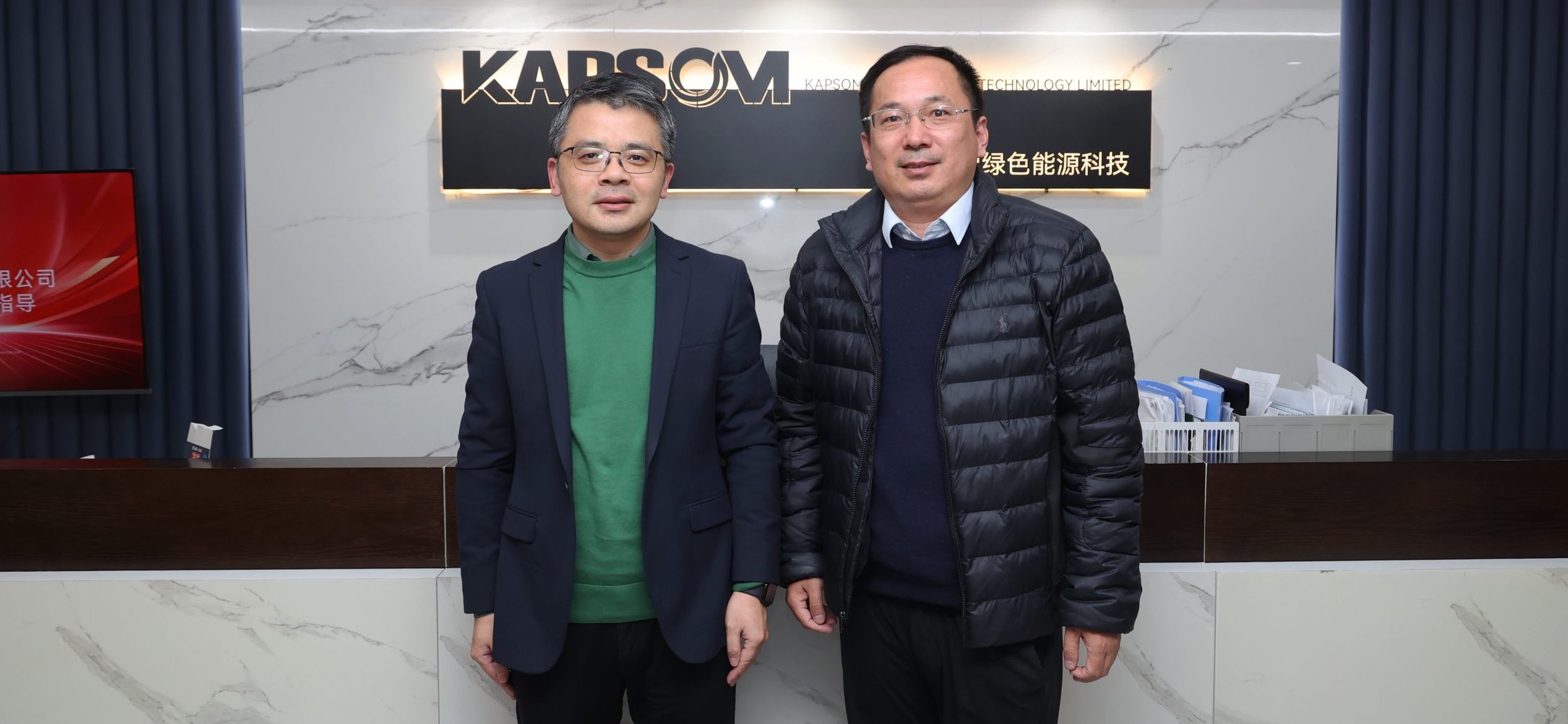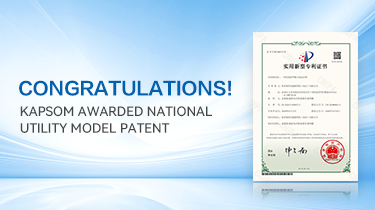On April 18, 2023, Isaac Jin, Purchasing Manager of FMG China, visited Nanjing KAPSOM Engineering Co., Ltd. (hereinafter referred to as “KAPSOM”). Kelvin Yuan, the general manager, extended a warm welcome to his visit on behalf of all the staff of the company. And introduced the company’s development in the field of green chemical industry.
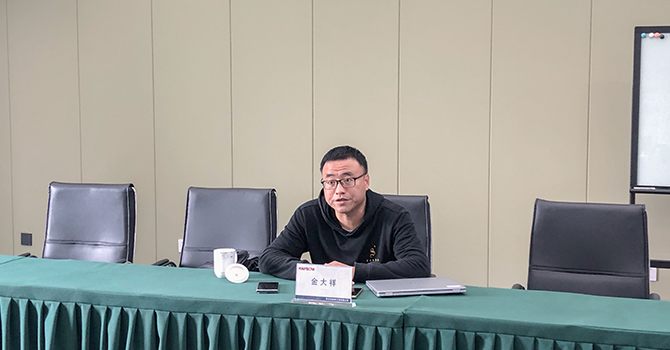
Introduction of FMG
Who is FMG?
Founded in 2003, FMG is headquartered in Western Australia. The company is well-known both at home and abroad for its unique corporate culture, values, innovative spirit, excellent infrastructure development capabilities and mining operation capabilities. As one of the lowest-cost iron ore producers in the world, Fortescue has an annual iron ore shipment of more than 180 million tons. Since 2008, it has supplied more than 1.7 billion tons of iron ore to customers.
Currently, FMG is rapidly expanding its business scope to become an integrated global green energy and resources company. Its industry-leading goals set by it are the key to the transformation, that is, to achieve carbon neutrality of scope 1 and 2 emissions in 2030, and to achieve scope 2 emissions in 2040. 3 net zero emissions.
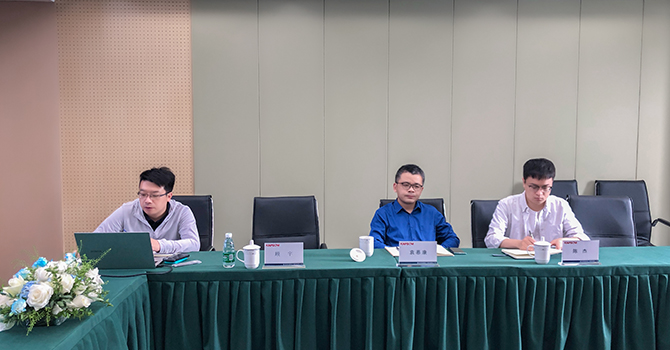
Carbon Neutrality Goal – To Achieve Carbon Neutrality by 2030
Fortescue is leading the industry in reducing emissions by decarbonizing its own operations and providing low-carbon solutions and green energy products to the world.
In June 2020, Fortescue announced its carbon emission reduction goal, that is, by 2030, the absolute carbon emissions of existing operations will be reduced by 26% on the basis of 2020, and by 2040, net zero emissions of operations will be achieved. In March 2021, Dr. Andrew Forrester, chairman of FMG Group, updated this goal on behalf of the board of directors, announcing that the group will achieve carbon neutrality by 2030, ten years earlier than the previous goal.
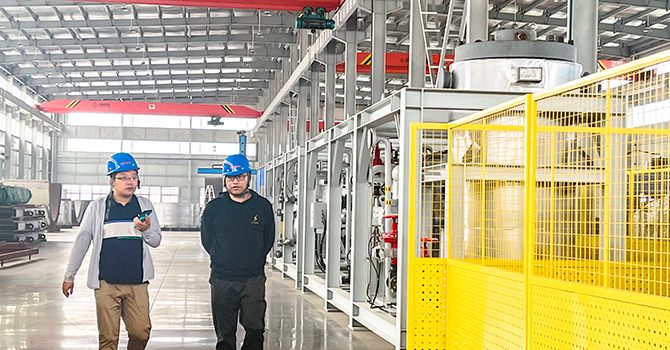
Research on Low Carbon Steelmaking Technology
According to calculations by relevant organizations, carbon dioxide emissions from the iron and steel industry currently account for 7% of the total global carbon dioxide emissions. According to the requirements of the Paris climate conference, if we want to achieve net zero greenhouse gas emissions in the second half of this century, the carbon emission level of the global steel industry needs to be reduced by 70%. This means that the carbon dioxide emissions of the global steel industry will be reduced from 3 billion tons in 2020 to 780 million tons in 2050.
The iron and steel industry is a downstream industry of the iron ore industry. For iron ore producers, the biggest challenge to reduce value chain emissions is the downstream iron and steel enterprises. Therefore, in order to realize the low-carbon transformation of the entire industrial chain, FMG is also actively carrying out technical cooperation with downstream iron and steel enterprises.
In an online exclusive interview with a reporter from China Metallurgical News, FMG said that through the research and development of green steel projects, the company is actively exploring the optimal solution for green hydrogen to effectively reduce carbon dioxide emissions in the steel-making process. At present, related projects carried out by FMG include converting iron ore into green steel by means of electro-chemical conversion under low temperature conditions. More importantly, this technology will directly use green hydrogen as a reducing agent to directly reduce iron ore.

Layout of New Energy Related Fields
In order to meet the low-carbon development needs of the iron and steel industry, giants in the iron ore industry are actively conducting research in new energy-related fields. FMG focuses on the low-carbon transformation of new energy alternatives. FMG established a wholly-owned subsidiary, FMG Future Industries (FFI), to achieve decarbonization goals by developing green electricity, green hydrogen and green ammonia energy projects in Australia.
KAPSOM focuses on the technology integration of the green ammonia industry chain and the manufacture of synthetic ammonia equipment, and is constantly updated and iterated in this process. The product structure has been improved from skid-mounted to container-based, and the degree of intelligence has been continuously upgraded, forming a standardized series of products. This visit to KAPSOM is mainly to inspect our green ammonia production process and equipment on the spot. Through the on-site visit, Isaac Jin has a deeper understanding of our green ammonia technology and integrated green ammonia equipment.

